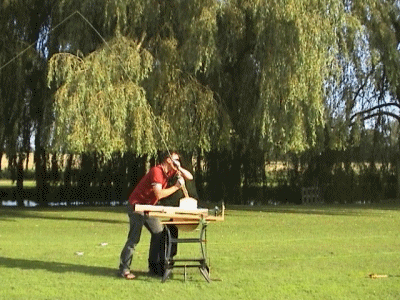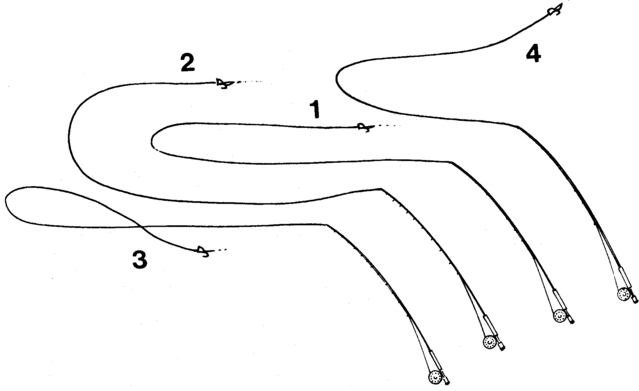I also prefer a fast action rod for nymphing.
The stiffer the fly rod, the faster the tip reacts to a hook set. The stiffer the fly rod, the easier it is to mend fly line and the more accurately you can place the mend.
From a physics standpoint, if we didn't have to cast or fight the fish, the perfect nymphing fly rod would not bend at all. The best nymphing rod will have a 1:1 relationship with your arm motion. Any delay or bend in the rod both delays the motion and makes the motion at the rod tip less precise.
My view is that a fly rod should both be able to nymph and fish dry flies. You should be able to do both depending on what is happening on the water. I think casting accuracy trumps other considerations. So although I think a pure nymphing fly rod should be a fast action rod, get the rod that is the best all around fly rod for the fishing you do. I would use casting accuracy as the primary consideration.




 Reply With Quote
Reply With Quote




